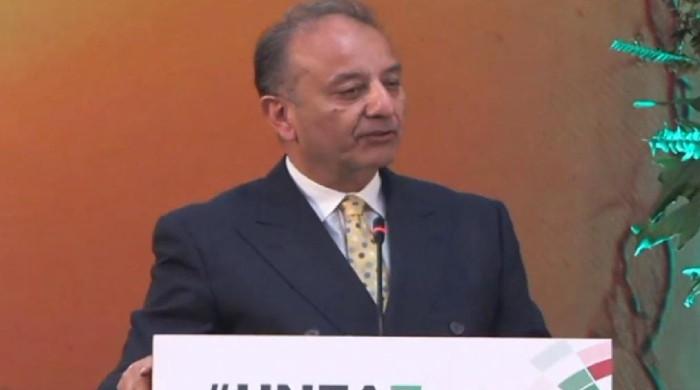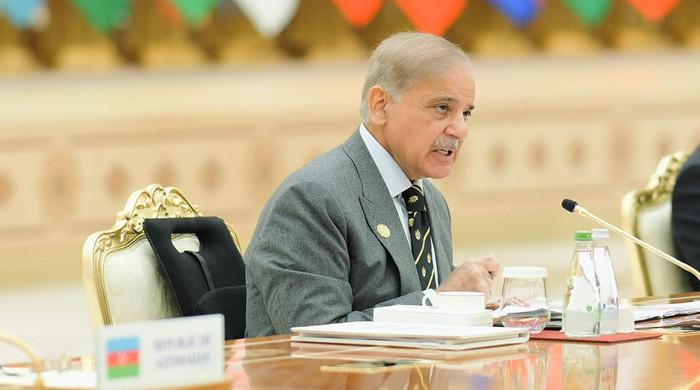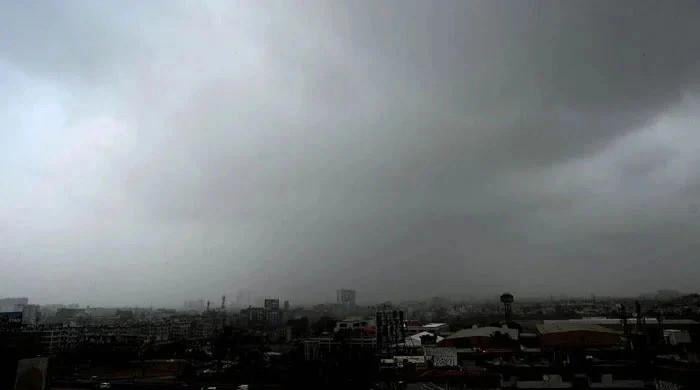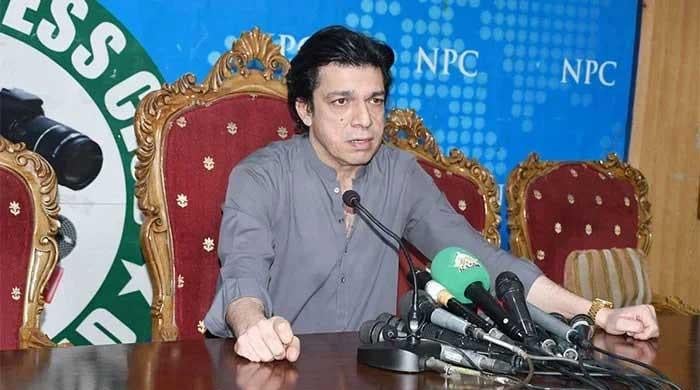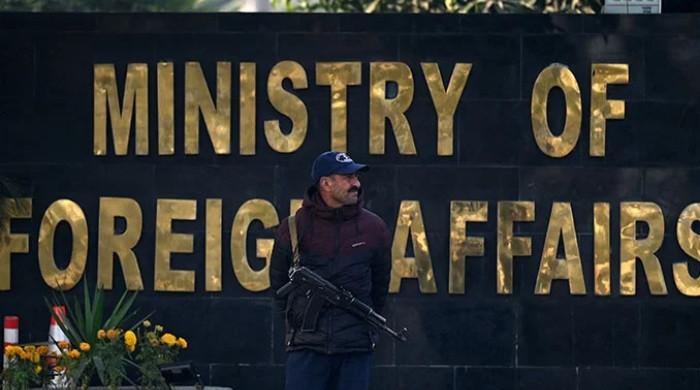Punjab government unveils Rs 897.59 billion budget
LAHORE: Salaries and pensions have been increased by 10 percent in the Punjab budget which was presented in the provincial assembly with a total outlay of Rs897.59 billion. The minimum salary was...
June 17, 2013
Punjab Finance Minister Mian Mujtaba Shujaur Rehman presented the budget for the year 2013-14, which included development outlay of Rs290 billion with an operational shortfall of Rs30 billion.
The current expenditure has increased from Rs549.762 billion in 2012-13 to Rs607.569 billion. However, the minister announced a cut of 15 percent in the current expenditure excluding salaries and a cut of 30 percent in the chief minister’s budget.
The current expenditure for 2013-14 is fixed at Rs57.79 billion higher. Economic experts point out when the current expenditure has been curtailed by 15 percent, except salaries, the increase should have been much lower.
The development budget has been increased to a record Rs290 billion. The major resource of Rs230.3 billion would come from the surplus left after the current expenditure. For the balance amount, the Punjab government expects Rs29.70 billion as foreign project assistance while there is an operational shortfall of Rs30 billion in the development outlay.
This shortfall, according to experts, would not matter as traditionally development spending is much less than the budgeted amount. In 2012-13, Rs250 billion were allocated for development programme but the revised estimates show that only Rs166.858 would be spent. The reduction in development expenditure could be explained by the fact that there was an operational shortfall of Rs30 billion in development allocations last year as well; moreover the Punjab government received Rs82 billion less as federal transfers as the federal tax revenues were much less than the original estimates.
This year, Punjab expects to receive Rs702.120 billion as federal transfers which is Rs133.33 billion higher than that of 2012-13. The Punjab government showed tremendous improvement in provincial tax and non-tax revenues. Its tax revenues were Rs90.01 billion in 2012-13 against the original target of Rs95 billion. Its non-tax revenues increased to Rs60.53 billion against original estimates of Rs34.92 billion. In 2013-14, the government expects to add Rs19.8 billion to these two taxes.
The Punjab government again failed to bring many in the service sectors like doctors, lawyers, engineers, beauticians etc, under the provincial sales tax regime. The collection of agricultural income tax also remained dismal in the ongoing year at Rs863 million and the estimates for 2012-13 are an increase of Rs140 million over the original estimate. For the year 2013-14, the Punjab government expects to increase the agricultural tax to Rs2.018 billion.
The Punjab government announced many public appeasing allocations including allocation of Rs3 billion for interest-free loans to 168,000 poor families. Flour subsidy fixed at Rs28 billion; Rs3 billion have been allocated as subsidy for public transport; Rs3 billion have been earmarked for the construction of six Daanish schools.
The Ashiana Housing Scheme has been continued in 2013-14 with an allocation of Rs3 billion. South Punjab has been provided 32 percent of the total development allocations. In this regard, Rs92 billion development funds would be utilised in South Punjab. The green tractor scheme and the yellow cab schemes would continue in 2013-14. The allocations for green tractors and laptops have been included in the annual development programme.
The Punjab government allocated Rs9 billion last year for power generation projects but none of it was utilised. For the year 2012-13, the allocation was increased to Rs11 billion but only Rs4.3 billion was consumed. This year the allocation for energy has been increased to Rs20.43 billion. Experts hope that this allocation would be utilised in the next fiscal as the energy crisis has hit Punjab more severely than other provinces.




